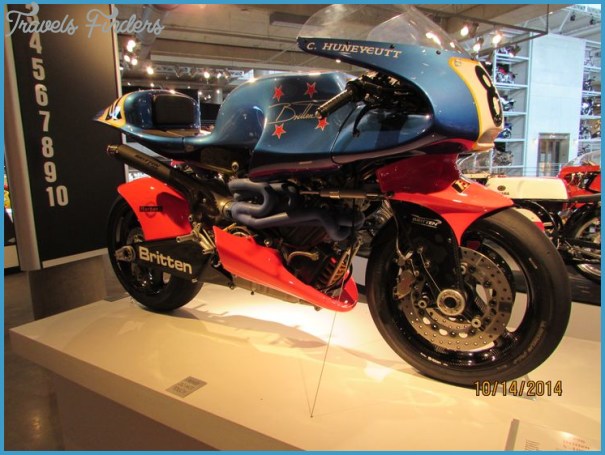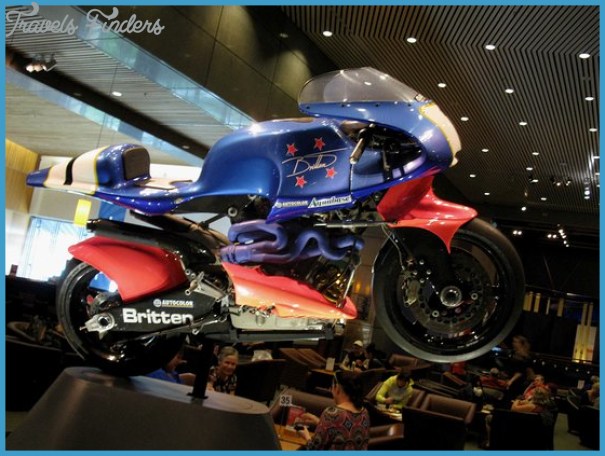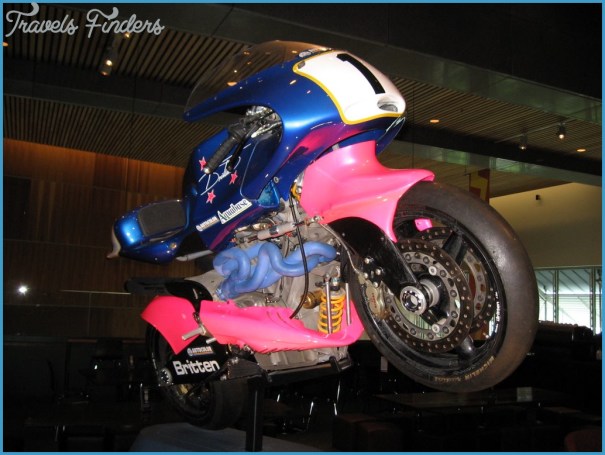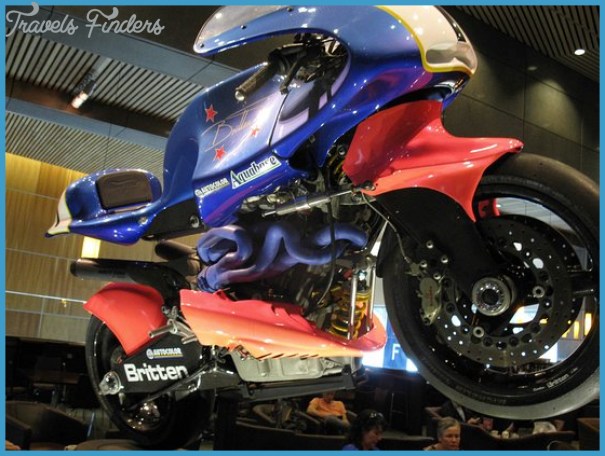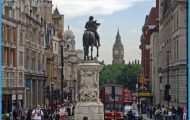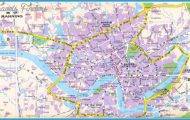Both Benjamin Britten and Peter Pears made it clear in their wills that they did not want the Red House, their Aldeburgh home from 1957, to become a museum: they were more interested in the future than in commemorating the past. The trustees of the Britten-Pears Foundation have of course respected their wishes. But the fact remains that admirers of their art are eager to see where and how the great men lived, and from time to time small groups and individuals are allowed to visit the house – which is so redolent of the two men, their values and their way of life, that it cannot fail to illuminate the music by providing a context for its creation.
Both Britten and Pears died in the house, in 1976 and 1986 respectively. They had lived elsewhere in the area since before World War
BRITTEN MUSEUM Photo Gallery
II – at the Old Mill, in Snape, which Britten bought in 1937, and then at Crag House, close to the Aldeburgh Jubilee Hall – before they moved to the Red House, exchanging houses with the artist Mary Potter. The house, parts of which date from the 17th century, is part of an estate that also comprises a large library, made from what was originally stable buildings, and three cottages, Red Studio, Cosy Nook and Red Cottage, which until the early 1970s contained Britten’s own composing study but is now altered and used for archive storage. In later years, when noise from a nearby airbase troubled him, they bought another house, at Horham, where Britten wrote his last works. That house was sold after his death, but the composing studio is marked by a blue plaque. So too are the Old Mill and Crag House, his birthplace in Lowestoft and two of his London residences. Concurrently with each Aldeburgh Festival, exhibitions are held in the library, in which nearly all Britten’s manuscripts are deposited. The reception rooms on the Red House ground floor are still very much as they were in Britten and Pears’s time. The furniture is an assortment, some of it from Britten’s family, some from Pears, some bought, some given to them. Many ornaments and other such items are gifts, mostly acquired abroad, often from distinguished musicians such as Rostropovich and Shostakovich. There is some William Morris wallpaper and some cork wall covering, and Meissen and Crown Derby china. Pears was an eager and discriminating art collector, and the house accommodates many fine pictures, particularly by their friends and colleagues such as Mary Potter, John Piper, Duncan Grant, Sidney Nolan, Keith Grant and Milein Cosman, as well as several that he commissioned from their proteges; and there are bronzes by Georg Ehrlich, mostly in the extensive gardens. The admirer of Britten’s music -and come to that of Pears’s singing too -will find a great deal in the house that in some curious way resonates with it.










